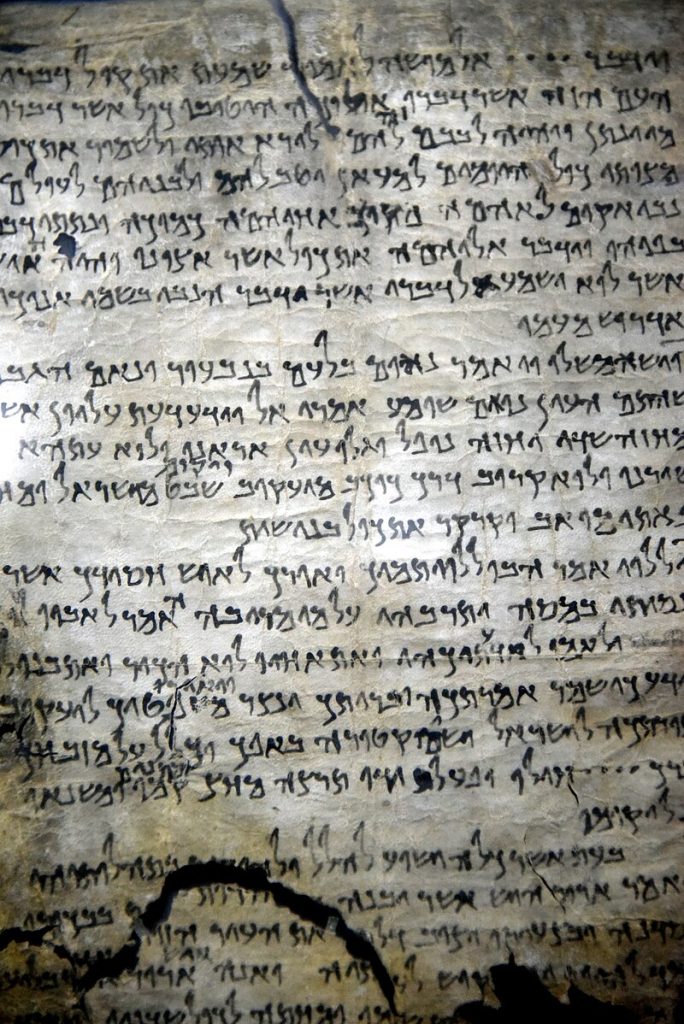
“Truth never ought to offend anyone. If we are convinced that God is a God of truth, real evidence should never be shunned,” said Walter Kaiser, a biblical scholar reflecting on the Dead Sea Scrolls. That atmosphere captures the thrill and occasional awkwardness of encountering real objects that bridge the gap between sacred book and ancient ground.
To history buffs, nothing is more compelling than to have the physical past within sight. These are not museum artifacts time capsules, with whispers from individuals who prayed, governed, revolted, and wrote about their lives millennia ago. Each of them tests, affirms, or complicates our knowledge of the world of the Bible.
From a Jerusalem tomb where silver scrolls were buried to a Persian king’s clay proclamation, the following are nine amazing finds that bring the ancient world startlingly near.
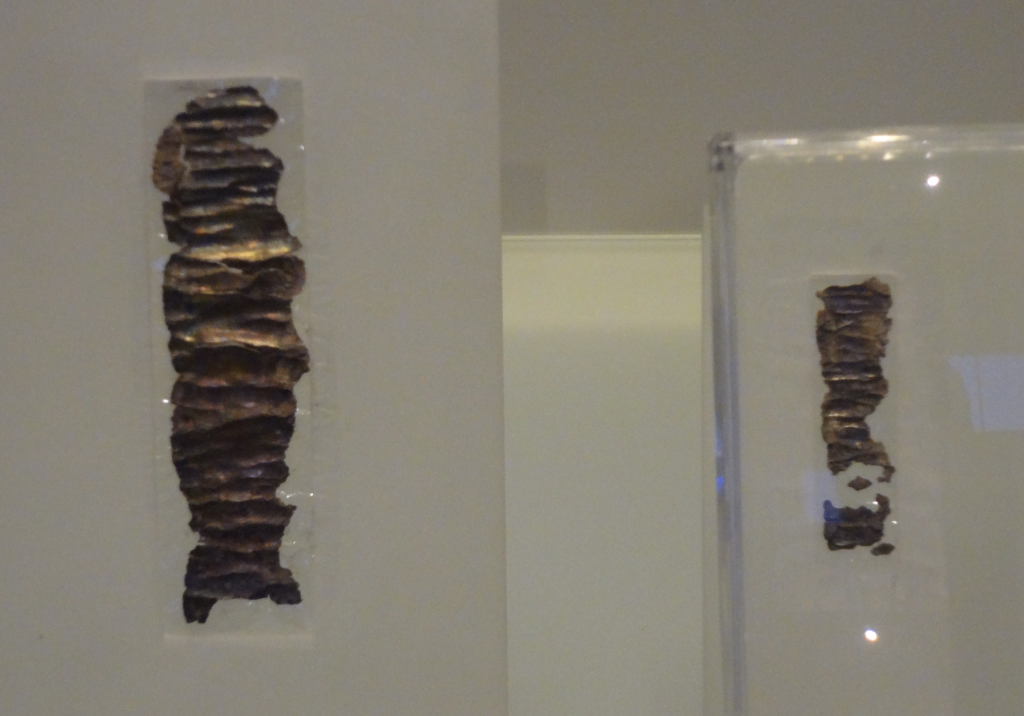
1. The Ketef Hinnom Scrolls: Earliest Hebrew Bible Texts
Discovered in 1979 in a cave tomb on the outskirts of Jerusalem, two small 7th-century BCE silver scrolls contain what scholars today believe are the oldest known allusions to the Hebrew Bible. Years of concerted infrared imaging were required to decipher the corroded metal, which contained blessings similar to Numbers 6:24–26.
These scrolls are not just old they are intimate. Worn as amulets, they show that invoking the protection of Yahweh was everyday business centuries before the Dead Sea Scrolls. Being preserved in delicate silver is a stroke of good fortune for archaeology, allowing a direct link to early religious practice.
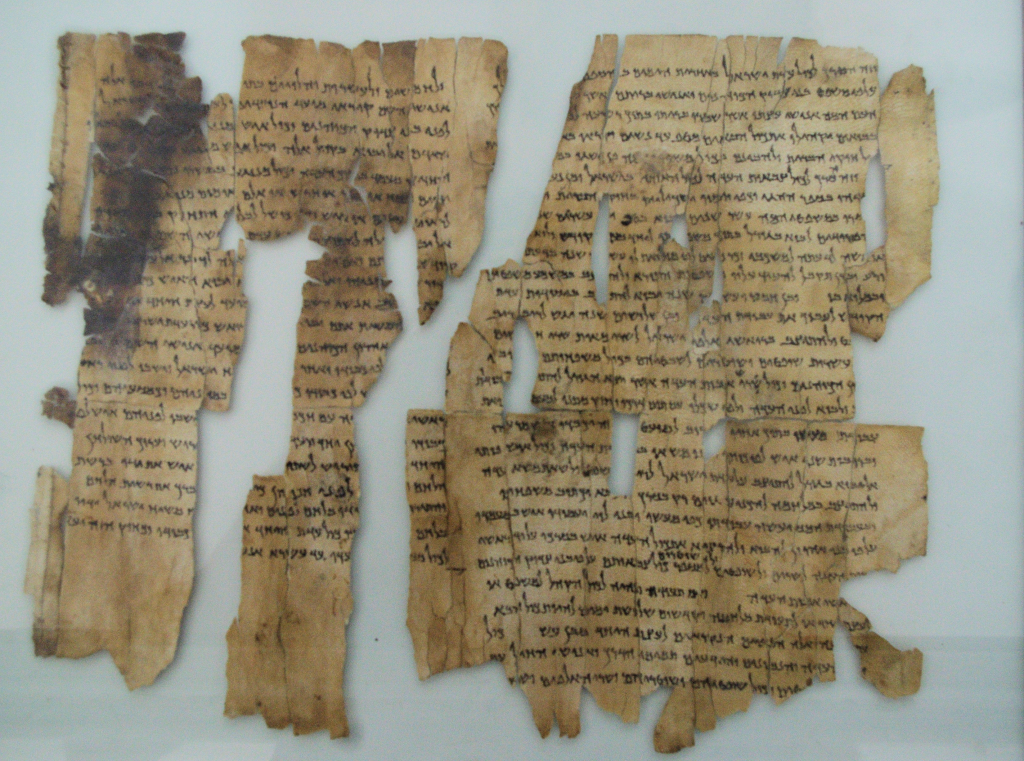
2. The Dead Sea Scrolls: Several Versions of Scripture
When they emerged out of Judean desert caves in the mid-20th century, the Dead Sea Scrolls brought the oldest known Hebrew manuscripts back more than a thousand years. Packed with content from all but the books of Esther and Nehemiah in the Old Testament, the scrolls also contain prayers, laws, and mystical texts.
As Eugene Ulrich of Notre Dame explained, the scrolls illustrate that “two or more contrasting editions of many biblical books existed side by side and were all regarded as Scripture.” The shock news to scholars, at least ancient communities had for multiple versions, has revolutionized how scholars conceive of the making of the Bible, and also testifies to the stunning reliability of the Masoretic tradition in most cases.
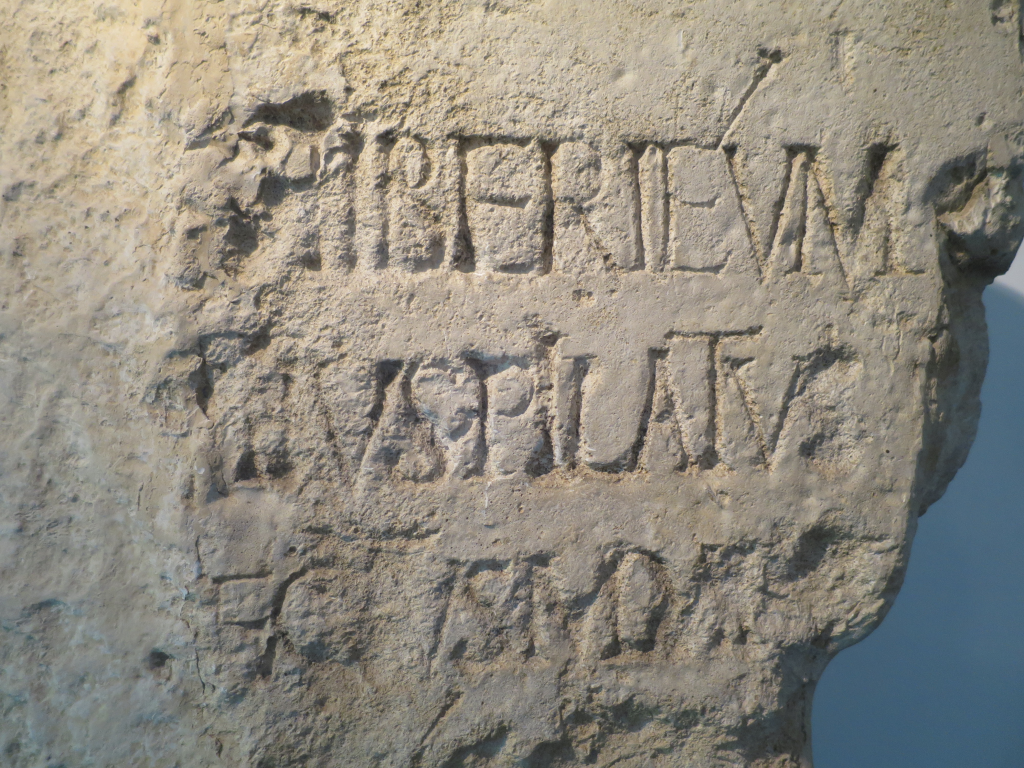
3. The Pilate Stone: Setting History in Stone
For centuries, Pontius Pilate’s life was based largely on written sources. That all changed in 1961 when Italian archaeologist Antonio Frova excavated a carved limestone slab in Caesarea Maritima with the inscription Pontius Pilate, Prefect of Judea.
The stone, a dedication to Emperor Tiberius, is the only known first-hand archaeological record of Pilate. Its weathered lines places the Gospel accounts into political context of Roman domination, verifying his title and presence in Judea at the time of Jesus.

4. The Nebo-Sarsekim Tablet: A Biblical Official in Babylon
In 595 BCE, a gold gift from the “chief eunuch” Nebo-Sarsekim was recorded by a Babylonian scribe. The cuneiform tablet, found in Sippar, is the name of an official in Jeremiah 39:3 who served King Nebuchadnezzar II.
It’s more than coincidence that there’s a correlation the rare phenomenon when a lesser-known Bible figure shows up in archaeology, providing context to the historical background of Judah’s fall and exile.
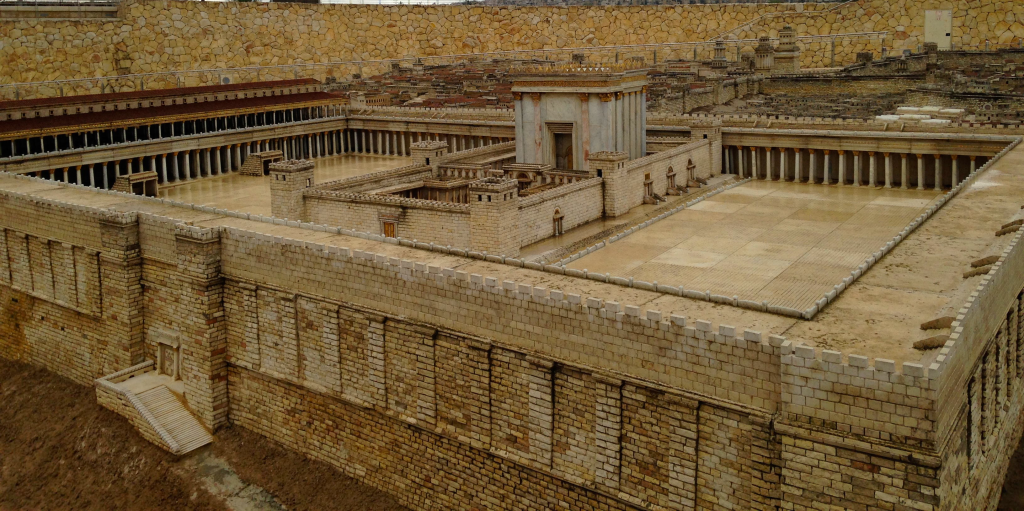
5. The Elephantine Papyri: Rethinking Passover’s Origins
In 419 BCE on an island of the Nile, a Jewish garrison was presented with a letter now called the Passover Papyrus that detailed festival practices. For centuries thought to be the earliest extrabiblical reference to Passover, Dr. Gad Barnea’s new analysis suggests that it might actually be detailing Zoroastrian-influenced rituals.
Whatever they were doing to celebrate, proto-Passover or Persian-style harvest festival, the rituals of Elephantine community choked as they were with their own temple to Yahweh show Judaism’s ongoing evolution, fusion of local and imperial cultures.
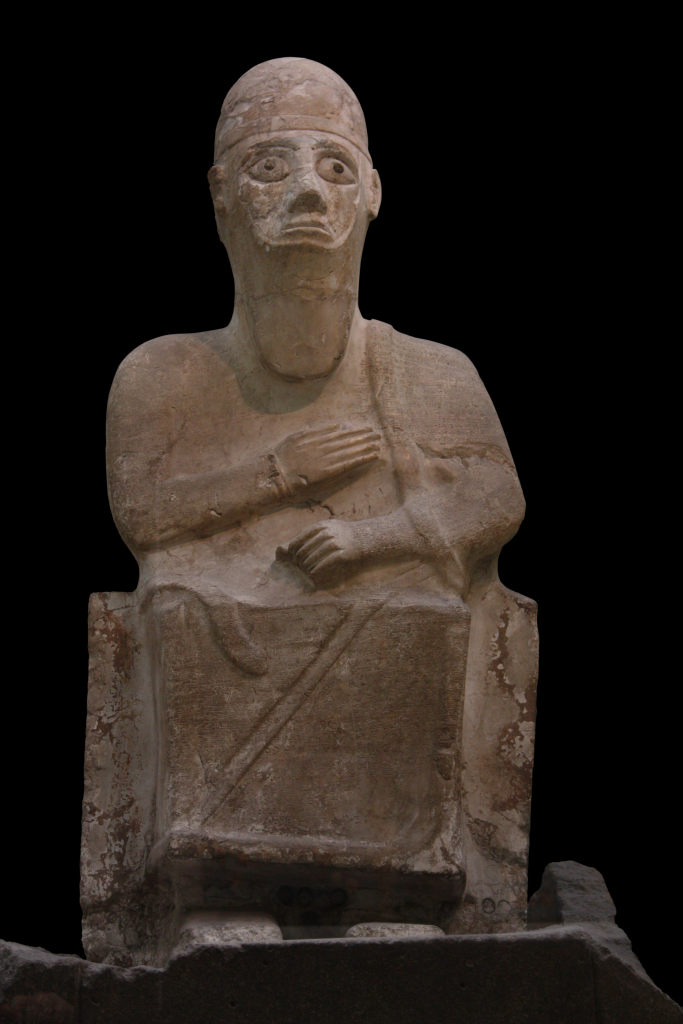
6. The Statue of Idrimi: Earliest Written Reference to Canaan
Unearthed in 1939 at Tell Atchana, this 3,500-year-old magnesite statue of King Idrimi is covered in cuneiform recounting his exile, alliances, and conquests. Most strikingly, it contains the earliest known reference to Canaan.
Idrimi’s autobiographical tone, complete with a curse on anyone who defaces the statue, offers a vivid, first-person window into the political landscape of the Late Bronze Age a stage on which much of biblical history would later unfold.
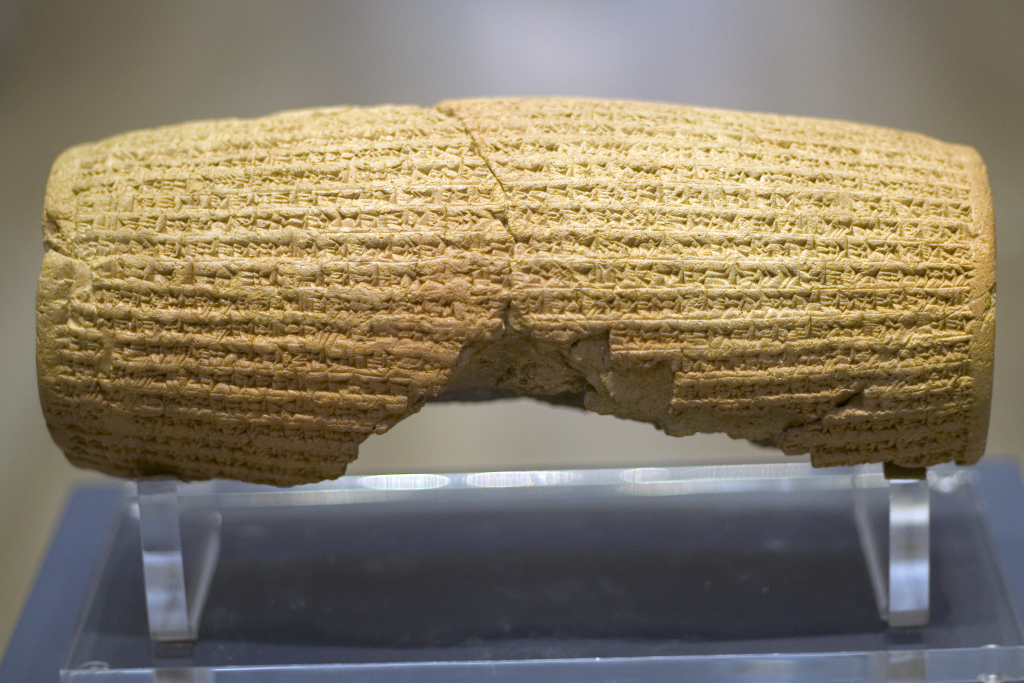
7. The Cyrus Cylinder: Traces of an Imperial Decree
This small clay cylinder, inscribed in Akkadian upon the capture of Babylon by Cyrus the Great in 539 BCE, declares the reconsecration of exiled nations and their temples. While it says nothing about Jerusalem, its policy mirrors Ezra’s account of the Jewish return.
Recent finds of duplicate fragments suggest the text was perhaps widely shared, perhaps establishing the imperial background for the decree in the Bible. It’s easy to imagine regional versions to fit different audiences, as suggested by Irving Finkel of the British Museum.
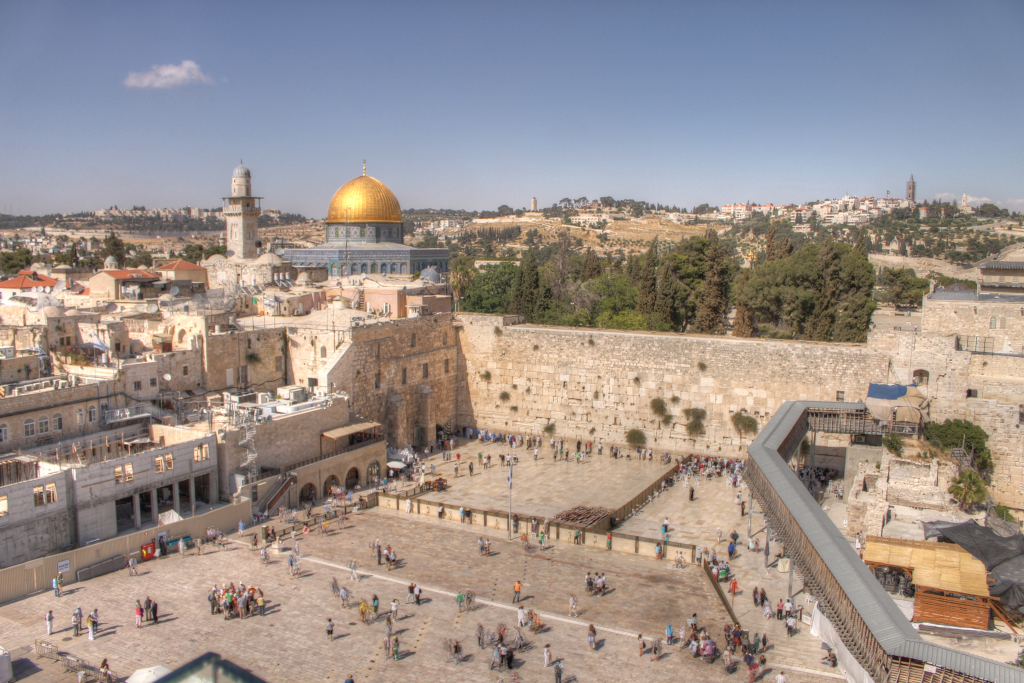
8. The Western Wall: A Living Link to the Second Temple
20 meters high in Jerusalem’s Old City, the Western Wall is the only visible remnant of the Second Temple complex destroyed by Rome in 70 CE. Jewish tradition holds that “the divine Presence never departs” from it.
Pilgrimage to the wall dates back at least to the time of the Byzantines, and its stones have witnessed centuries of piety, bloodshed, and longing. Visitors today continue to insert handwritten prayers into crevices, upholding a tradition rooted in deep historical memory.
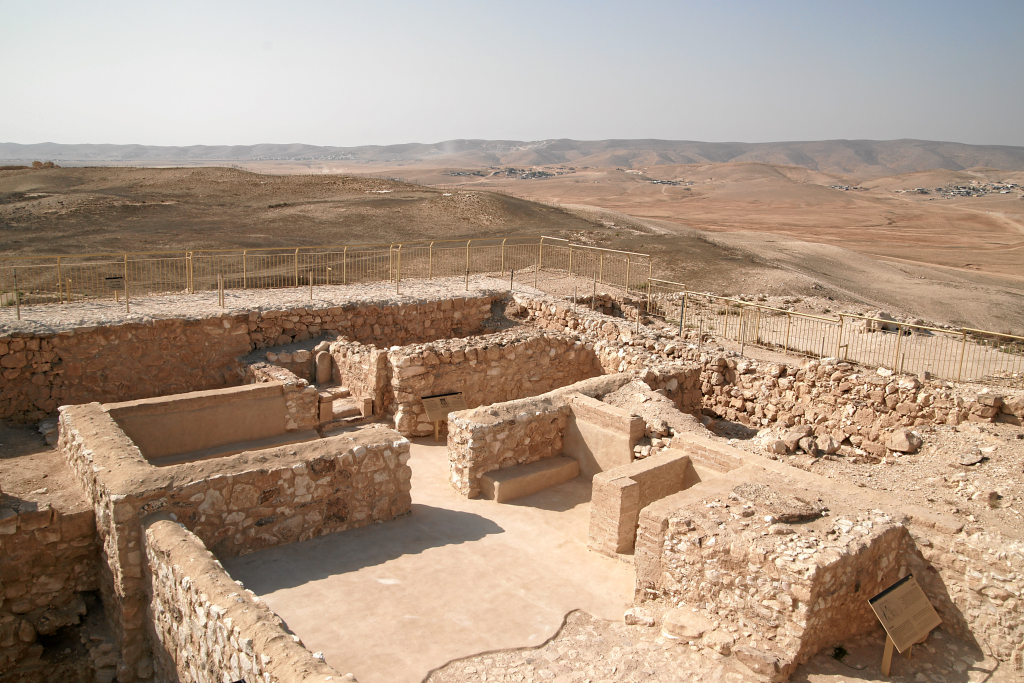
9. Tel Arad Shrine: Ancient use of cannabis for worship
In the Beersheba Valley, a Judahite fortress shrine from about 750 BCE yielded two limestone altars. Chemical analysis revealed frankincense on one and cannabis that had been mixed with animal dung on the other.
Lead researcher Eran Arie stated that burning cannabis in this way would have produced a slow, low-temperature smoke “adapted to group inhalation.” The earliest material evidence of psychotropic substances in ancient Jewish cultic practice hints at sensory dimensions of worship lost to text centuries ago.
These finds do not merely confirm or deny biblical descriptions but they flesh them out, revealing more complex, interrelated, and human a world than most expect. Each discovery is a witness that history is not carved in stone but a lively conversation between text, tradition, and the living marks written on stone, clay, and metal.


